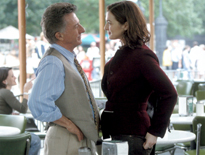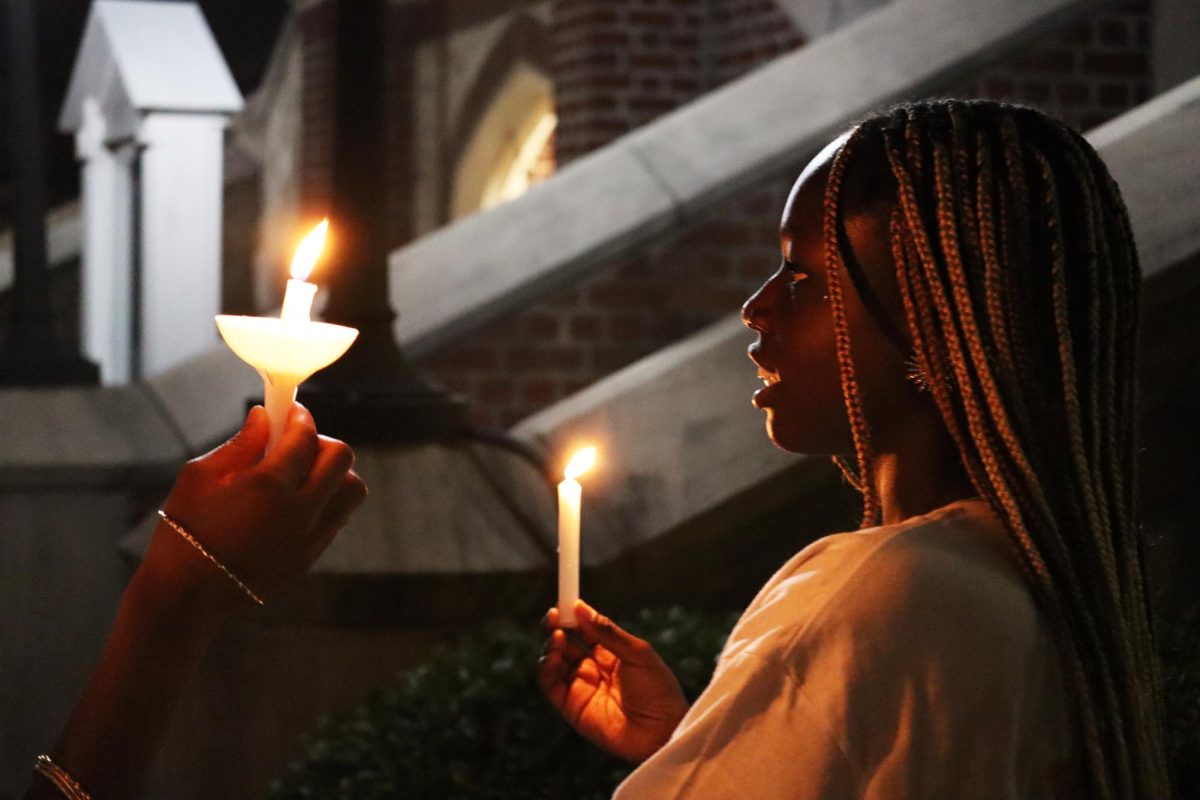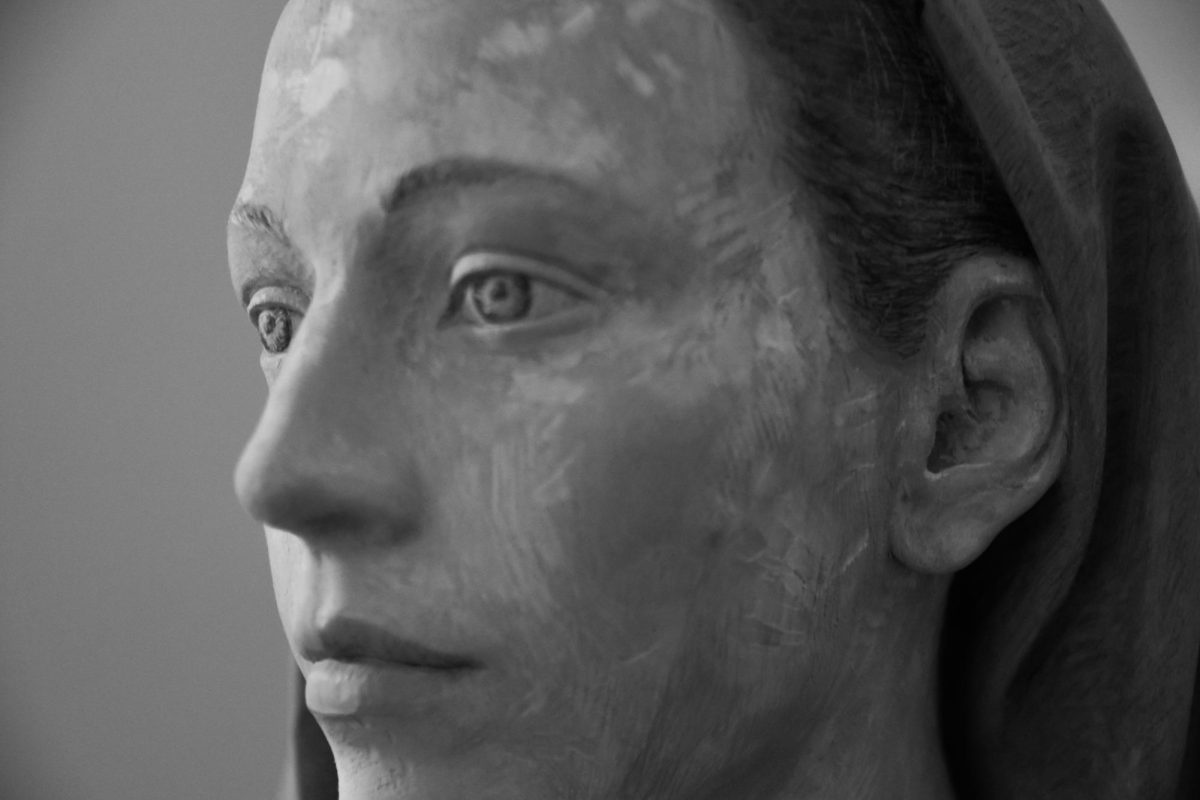Last fall, swarms of trailers, camera crews, makeup artists, actors and extras descended on Uptown.
They blocked off the sidewalks in front of Tulane and took all the parking spaces along St. Charles.
It seemed, however, that no one minded – because everyone was watching the show.
Last year, Runaway Jury, a movie based on a novel by John Grisham, was filmed in New Orleans.
Sightings of Dustin Hoffman, Gene Hackman, Rachel Weisz and John Cusack were the most talked-about events of the 2002 fall semester.
While the opening credits roll and music plays, the camera dramatically pans across the Superdome, Interstate 10 and the French Quarter.
The first shot is a view we rarely see, but the audience I sat with cheered at the first shot of our home city.
Runaway Jury opens following Jacob Wood (a cameo appearance of Dylan McDermott) to his death.
It’s the crime of the year, a mass shooting in a corporate office by a disgruntled employee.
Flash forward: We get a nice shot of Chartres Street and a typical French Quarter building with a courtyard as Nick Easter (Cusack) walks out of his apartment and receives a jury summons in his mailbox.
Easter strolls the streets, getting coffee and giving the audience a chance to watch Cusack walk around town before he heads off to work at our very own Esplanade Mall.
In fact, the fictional Nick Easter works at Game Trader, where a former editor of The Maroon once worked.
Later, Easter laments about his jury summons to his friends over lunch.
Throughout his day, the audience watches Easter being stalked and photographed by the defense team, under the thumb of Rankin Fitch (Hackman).
Fitch is a jury consultant who hand-selects juries before they even show up in court and ensures his rich cliental the verdict through scare tactics.
The trial involves a major gun manufacturer being sued for responsibility in the murder of Jacob Wood.
If won, this case will set a precedent, which can be used against all major gun manufacturers.
“Fifteen million dollars should be enough to secure a jury,” says one gun manufacturer to Fitch during their negotiations.
Wendell Rohr (Hoffman) is the determined lawyer for the offense who wears his heart on his sleeve.
This case appears personal for Rohr, both in defeating the corporate gun manufacturer and Fitch.
The audience can tell that Rohr is at a disadvantage, because he is a stickler for rules and legalities, so much so that he refuses an offer of help from his own professional jury-selector.
It’s exciting to see Rachel Weisz and Dustin Hoffman converse over a table in Café Du Monde.
The day is shiny and the cafe is so filled with tourists that you feel as if at any second you could enter the picture yourself.
However, there are a few disappointments in the movie’s portrayal of New Orleans.
At one point, Easter steps inside of what is meant to be a Voodoo shop on Dumaine Street, but the inside is an invention of the movie-makers.
The coffee shop where Easter buys his morning coffee doesn’t seem to exist.
Some buildings in the Quarter are not where they are supposed to be.
And, most disappointingly, we only get brief, teasing glimpses of Loyola as the streetcar passes it by.
But what could be more exciting than watching famous actors traverse streets we ourselves so often use, or eat at restaurants that we frequent?
How about the fact that last year, we got to watch the filming process unfold in our own backyard?
Perhaps the ending of the movie itself, a spine-tingling, edge-of-your-seat-gripping suspension.
The verdict is in.

Wendell Rohr(Dustin Hoffman) and the elusive Marlee (Rachel Weisz) finally meet in Cafe Du Monde. Rohr refuses to give in to Marlee´s attempts at bribery. (Photo Courtesy of Twentieth Century Fox)







